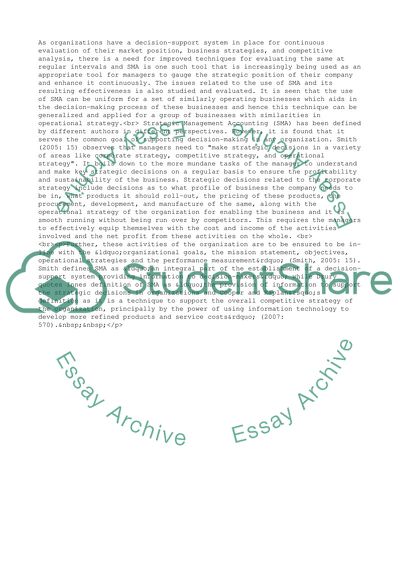Cite this document
(What Are the Advantages of Using SMA Over Other Accounting Techniques Case Study, n.d.)
What Are the Advantages of Using SMA Over Other Accounting Techniques Case Study. Retrieved from https://studentshare.org/management/1516395-strategic-management-accounting-master-essay
What Are the Advantages of Using SMA Over Other Accounting Techniques Case Study. Retrieved from https://studentshare.org/management/1516395-strategic-management-accounting-master-essay
(What Are the Advantages of Using SMA Over Other Accounting Techniques Case Study)
What Are the Advantages of Using SMA Over Other Accounting Techniques Case Study. https://studentshare.org/management/1516395-strategic-management-accounting-master-essay.
What Are the Advantages of Using SMA Over Other Accounting Techniques Case Study. https://studentshare.org/management/1516395-strategic-management-accounting-master-essay.
“What Are the Advantages of Using SMA Over Other Accounting Techniques Case Study”, n.d. https://studentshare.org/management/1516395-strategic-management-accounting-master-essay.


